Geometry Chapter Notes | Mathematics Class 4 ICSE PDF Download
| Table of contents |

|
| Introduction |

|
| Basics of Geometry |

|
| Types of Lines |

|
| Plane Figures |

|
| Solid Shapes |

|
| Circle |

|
| Nets |

|
| View |

|
| Tangram |

|
| Tessellation |

|
| Symmetry |

|
Introduction
Imagine a world filled with shapes, lines, and patterns that make everything around us exciting and beautiful! Geometry is like a treasure map that helps us explore the world of points, lines, shapes, and solids. From the flat surface of a table to the round shape of a bangle, geometry is everywhere. In this chapter, we’ll dive into the basics of geometry, learn about different types of lines, discover the parts of a circle, and even explore how shapes can fit together like puzzle pieces. Get ready to see the world through a geometric lens and uncover the magic of shapes!

Basics of Geometry
- Geometry is the study of points, lines, shapes, and solids.
- It helps us understand how these elements connect and form the world around us.
- Key terms in geometry include plane, point, line, line segment, and ray.
- Example: A point is like a dot marked by a pencil on paper, such as point A, B, or C, showing an exact position without any size or shape.
Plane
- A plane is a flat, smooth surface that goes on forever in all directions.
- It has only two dimensions: length and breadth.
- Example: A tabletop is a plane because it is flat and extends in length and breadth, but has no height.
Point

- A point is a tiny dot that shows an exact position on a surface.
- It has no shape, size, length, breadth, or thickness.
- Points are marked with capital letters like A, B, or C.
- All geometric figures are made up of points.
- Example: If you mark a dot on paper with a pencil and label it as point A, it represents a point with no size or shape.
Line

- A line is a straight path with no start or end point.
- It cannot be measured because it extends infinitely in both directions.
- Lines can be horizontal, vertical, slanting, or curved.
- Only one straight line can join two points, but many curved lines can connect them.
Line Segment
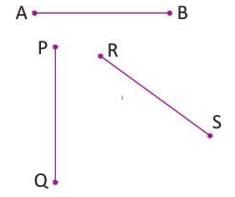
- A line segment is a part of a line with two fixed endpoints.
- It is drawn by joining two points with a straight line using a ruler.
- It has a measurable length and cannot be extended.
- It can be horizontal, vertical, or slanting.
Ray

- A ray is a straight line with one fixed starting point and no endpoint.
- It extends endlessly in one direction and cannot be measured.
- Rays are named starting from their fixed point.
Measuring or Drawing a Line Segment
- Use a ruler with centimetre and inch markings to measure or draw a line segment.
- Each centimetre is divided into 10 millimetres for precise measurements.
- Steps to draw a line segment:
- Place the ruler on the paper.
- Mark a point at the 0 cm mark.
- Mark another point at the desired length (e.g., 4 cm).
- Draw a straight line between the two points.
- Remove the ruler and label the endpoints (e.g., P and Q).

- If the ruler’s 0 mark is unclear, measure from 1 cm and subtract 1 cm from the final reading.
Types of Lines
Lines can be straight, curved, intersecting, perpendicular, or parallel.
Example: Railway tracks are an example of parallel lines that never meet.
Intersecting Lines
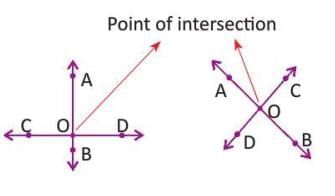
- Intersecting lines are two or more lines that cross at a common point.
- The common point is called the point of intersection.
Perpendicular Lines
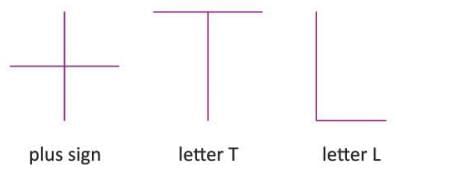
- Perpendicular lines intersect to form a right angle (90 degrees).
- One line is horizontal, and the other is vertical at the intersection.
- Lines that are slightly tilted are not perpendicular.
Parallel Lines
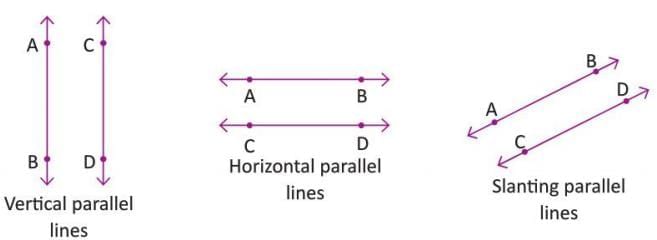
- Parallel lines never meet and are always at an equal distance from each other.
- The symbol for parallel lines is $||$.
- They can be horizontal, vertical, or slanting.
- Rays and line segments can also be parallel.
Plane Figures
- Plane figures are flat, closed, two-dimensional shapes made of straight or curved lines.
- Common plane figures include circle, triangle, square, rectangle, and oval.
- A side (or edge) is a straight line joining two adjacent corners.
- A corner (or vertex) is the point where two sides meet.
Square
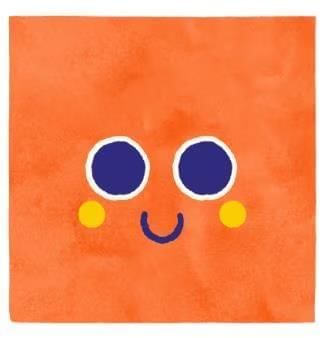
- A square is a closed plane figure with four equal sides and four vertices.
- All sides are of equal length, and all angles are right angles.
Rectangle
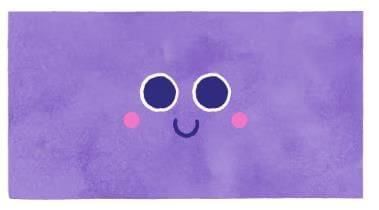
- A rectangle is a closed plane figure with four sides, where opposite sides are equal.
- It has four vertices and four right angles.
Triangle
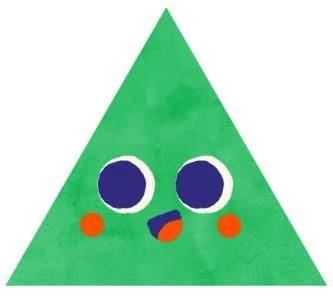
- A triangle is a closed plane figure with three sides and three vertices.
- It is formed by three straight lines.
Circle

- A circle is a closed plane figure with no sides or vertices.
- It is formed by a single curved line where every point is equidistant from the center.
- Example: A bangle is a circular object with no sides or corners, just a curved boundary.
Oval
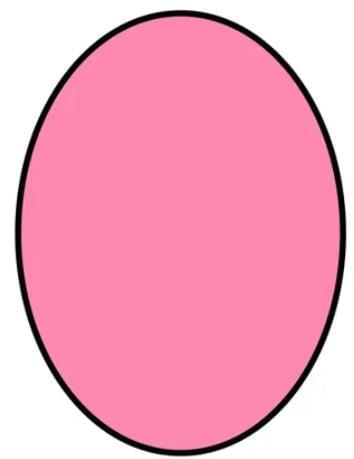
- An oval is a closed plane figure with no sides or vertices, resembling a flattened circle.
- It looks like an egg or an ellipse.
- Example: An egg’s shape is an oval, with a curved boundary and no straight sides.
Solid Shapes
Solid shapes are three-dimensional objects with length, breadth, and height. They have faces (surfaces), edges (where two faces meet), and vertices (where three edges meet).
Example: A cube is a solid shape with six equal square faces, like a Rubik’s cube.
Cube
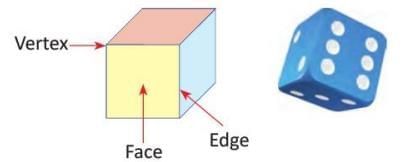
- A cube is a solid with six equal square-shaped faces.
- It has 12 straight edges and 8 vertices.
- Example: A dice is a cube with six equal square faces, 12 edges, and 8 vertices.
Cuboid
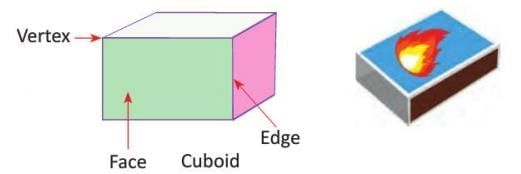
- A cuboid is a solid with six flat faces, where four are rectangular and two may be rectangular or square.
- It has 12 straight edges and 8 vertices.
- Example: A matchbox is a cuboid with six faces, where opposite faces are equal rectangles.
Sphere
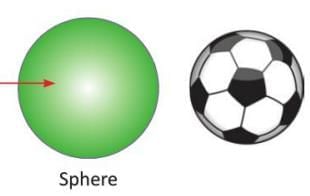
- A sphere is a solid with one curved surface.
- It has no edges or vertices.
- Example: A football is a sphere with a single curved surface and no edges or vertices.
Cylinder
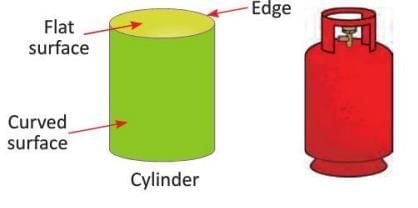
- A cylinder is a solid with two flat faces (usually circular) and one curved surface.
- It has two curved edges and no vertices.
- Example: A gas cylinder has two flat circular faces and one curved surface.
Cone
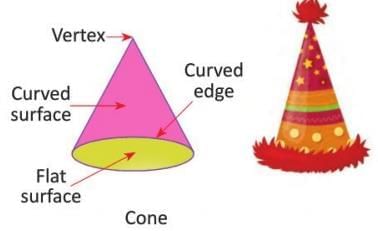
- A cone is a solid with one flat face (usually circular) and one curved surface.
- It has one curved edge and one vertex.
- Example: An ice cream cone has one flat circular base, one curved surface, and one vertex.
Circle
- A circle is a closed plane figure with no sides or vertices, formed by a curved line.
- Parts of a circle include the center, radius, diameter, and circumference.
- Steps to explore a circle:
- Trace a round object like a bangle to form a circle.
- Fold the circle in half to create a crease (diameter).
- Fold again along a different line to find the center where diameters meet.
- Measure the distance from the center to the boundary (radius).
- Measure the boundary’s length with a thread (circumference).
Relationship between Diameter and Radius
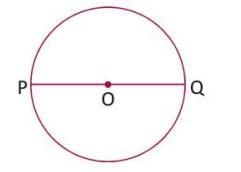
- The diameter is a line from one side of the circle to the other, passing through the center.
- The radius is the distance from the center to any point on the circle’s boundary.
- Diameter = 2 × Radius (d = 2r).
- Radius = Diameter ÷ 2 (r = d ÷ 2).
- Example: If a circle’s radius is 3 cm, its diameter is 2 × 3 = 6 cm.
Construction of a Circle Using a Compass
- A compass is a tool with one pointed arm and one arm to hold a pencil.
- Steps to draw a circle:
- Fix a pencil in the compass and set the arms to the desired radius using a ruler.
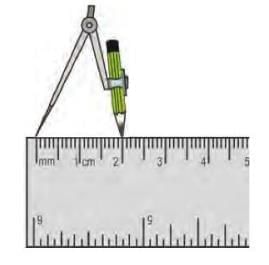
- Mark a center point (e.g., O) on paper.
- Place the compass’s pointed end on O and rotate the pencil arm to draw the circle.
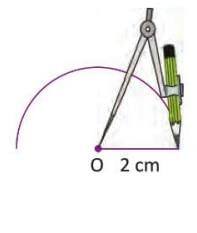
- Ensure the compass arms remain level for accuracy.
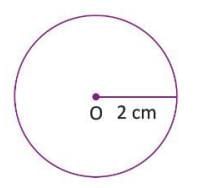
- Example: To draw a circle of radius 2 cm, set the compass to 2 cm, place the point on O, and rotate to form the circle.
Nets
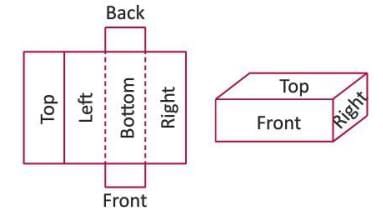
- A net is a 2D shape that can be folded to form a 3D object.
- By looking at the net’s parts, we can predict the 3D shape it will create.

View

- Views show how a 3D object looks from different angles: top, front, and side.
- Each view highlights a different part of the object’s shape.
- Example: The top view of a dice shows a square with dots, while the side view shows another square with different dots.
Tangram
- A tangram is a Chinese puzzle with seven pieces (tans) cut from a square.
- The pieces include five triangles, one square, and one parallelogram.
- These pieces are arranged to form various shapes, enhancing creativity and shape recognition.
- Example: Arranging tangram pieces can create a cat shape, as shown in the solution figure.
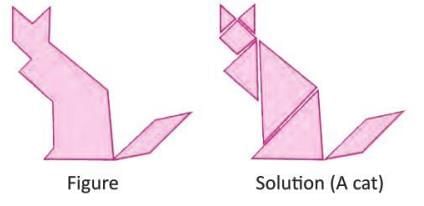
Tessellation
Tessellation is the arrangement of shapes that fit together without gaps or overlaps. Some shapes, like squares, tessellate, while others, like circles, do not.
- Example: A beehive’s honeycomb pattern is a tessellation of hexagons that fit perfectly together.
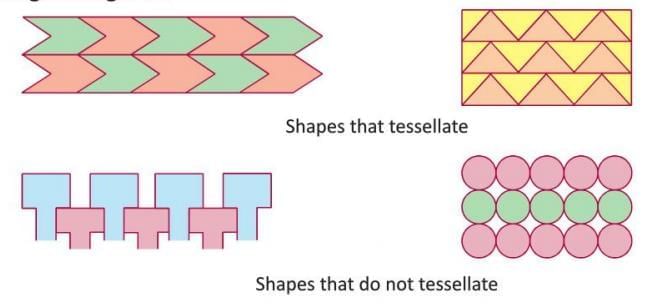
Symmetry
- Symmetry means a shape can be divided into two identical halves.
- The line dividing the shape is called the line of symmetry, which can be horizontal, vertical, or both.
- Some shapes have no symmetry if they cannot be divided into identical halves.
- Example: A butterfly’s wings are symmetrical, with a vertical line of symmetry dividing them into mirror-image halves.
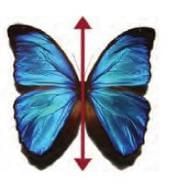
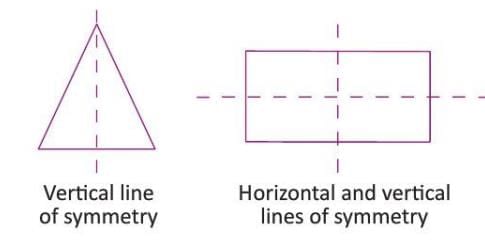
Reflection Symmetry
- Reflection symmetry means one half of a shape is a mirror image of the other.
- It is also called mirror symmetry, seen in objects like mirrors or water reflections.
- The reflected image is flipped, but the same size as the original.
- Example: Standing in front of a mirror shows your reflection, which is a flipped but identical image of yourself.
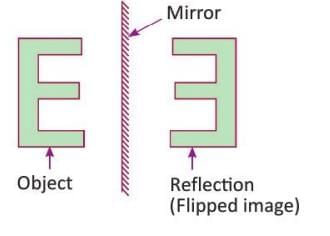
|
82 docs|14 tests
|
FAQs on Geometry Chapter Notes - Mathematics Class 4 ICSE
| 1. What are the different types of lines in geometry? |  |
| 2. What are plane figures and can you give some examples? |  |
| 3. What are solid shapes and how are they different from plane figures? |  |
| 4. What is a net in geometry? |  |
| 5. How do tangrams and tessellations relate to geometry? |  |















